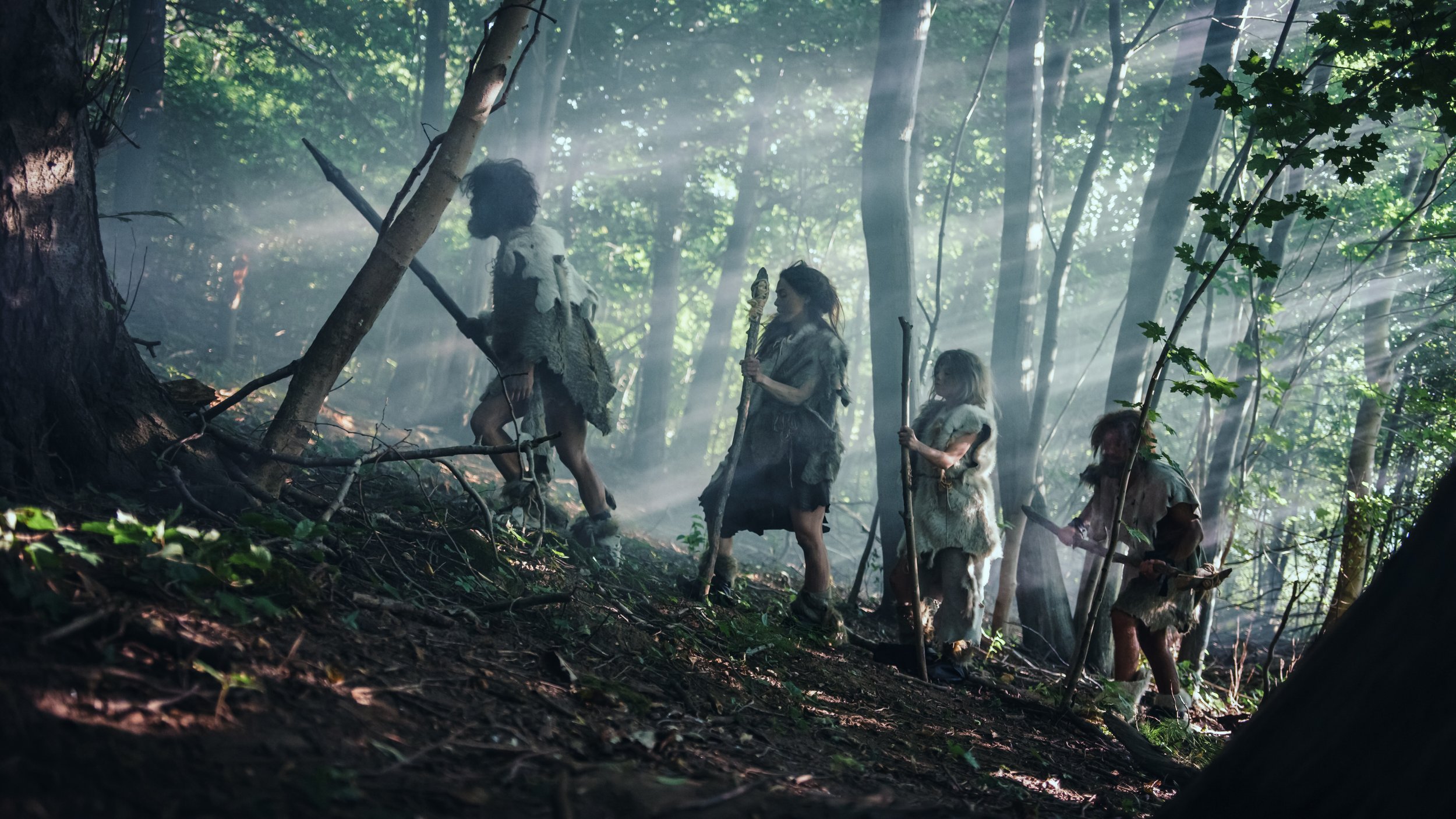The Hunter, the Gatherer: Exploring the Hidden History of Prehistoric Women
Photo courtesy: Gorodenkoff on Shutterstock
A groundbreaking study has permanently altered the way the scientific community views gender and its biological role. The hunter-gatherer concept divides in Homo sapiens communities are the most prevalent myth used to suggest women function better in submissive, subservient roles. This summer, a PLOS ONE research article revealed evidence that women “hunted and went to war throughout the Homo sapiens lineage.” The peer-reviewed article is accessible to the public, clearing space for a new discussion on gender and the real consequences of the gender structures we have built.
Whilst a large number of grave excavations uncovered hunting toolkits, researchers would have been likely to dismiss the idea of women using them. After the discovery of hunting tools in a grave excavation, archaeologist Randal Haas reviewed the archaeological records and was shocked by the number of similar cases, claiming that “archaeologists in the past were aware of these burials, but they dismissed the possibility of these women as big-game hunters.” He condemns scientists for their “uncritical assumptions” maintaining that “modern gender constructs often reflect past ones.” Reluctance to consider women's participation in big-game hunting, despite the evidence, is detrimental to our understanding of prehistoric communities. It’s a blindness commonly attributed to researcher bias, but in recent studies it’s been more difficult to ignore their overwhelming role with a 2020 study finding “females likely represented up to 50 percent of prehistoric big game hunters.”
The lost history of female hunters has proven fatal to existing arguments for gendered ability and the role of gender within societal structures. Wall-Scheffler, professor of biology, accuses the 1968 book, ‘Man the Hunter’, and the 1981 follow-up book, ‘Woman the Gatherer’ of consolidating the gendered division of labour. ‘Woman the Gatherer’ specifically argued for self-sufficiency in women by claiming gathering as the predominant food source, cementing rigid roles in which man was hunter, woman gatherer, and “never the twain will meet.” Wall-Scheffler goes on to argue that the book's claim that women would ignore hunting for food that would help feed their communities when it was such an important calorie source does not even “make sense”.
Why then, for so many years, have researchers believed women would ignore hunting in favour of these rigid labour divisions? The reasons appear to mirror modern ‘explanations’ for sex-based work division, with many researchers convinced childbearing played a major part in the lives and freedom of prehistoric women, preventing their freedom to hunt. In the development of the PLOS ONE research article, modern foraging communities were studied with researchers finding that hunting in these contemporary societies is not impacted by the responsibilities of child care. In response, anthropologists underline a preference for alloparenting, in which someone other than the child's genetic parents provide care. This practice, now known to have “deep evolutionary roots in the human species”, suggests that other members of the community would step in to care for children, freeing up time for mothers to hunt.
For years, based on the assumptions of “Man the Hunter” and “Woman the gatherer”, it was believed these prehistoric roles played a part in modern human psychology. The idea was that skilled hunters were more likely to reproduce and pass these traits onto offspring. Traits that would somehow only be exhibited in males. Further along this line of thinking was the assumption that a male history of big-game hunting explains present-day labour divisions and the male provider. This belief has also been used to argue that women are genetically unsuited to leadership roles and that they are less likely to take risks than hunter-males.
The prevalence of these misguided arguments has consistently thrown smoke into gender discussion for years. Now that the smoke is clearing, the lead author of the 2020 study, Haas, asserts that “biology cannot explain differences between sexual division of labour practices in the present and past”, leaving us with “sexist cultural norms as perhaps the major driver of the pronounced sexual division of labour in contemporary societies.” We must re-examine issues we have previously dismissed and reclaim blame where it has been shrugged off by acknowledging that much of contemporary gender divides are a result of constructed systems rather than mandatory biological differences in order to push for positive change. Our history is once again allowing us to understand ourselves better and asking us to look at human history for what it really is rather than what we previously believed it to be.

